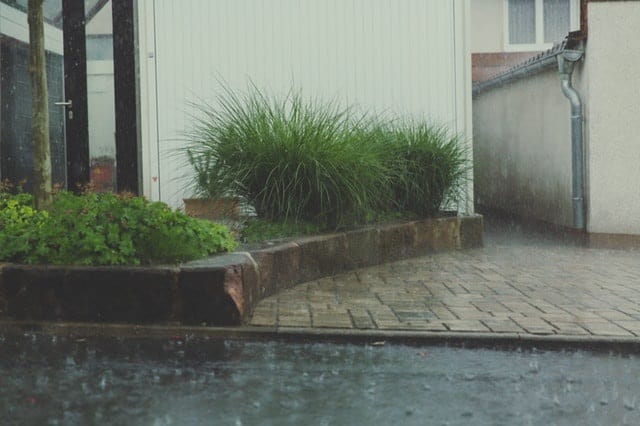It is an indisputable fact that water is one of the most essential natural resources we have. Without water, there would literally be no life—not only for us human beings but also for all other living things on this planet, especially animals and plants. But this life-giving resource is not unlimited, and with droughts becoming a more common natural phenomenon throughout the world because of climate change, it has become imperative for us that we learn how to conserve water.
There are many ways on how you can do this. For one, you and your family members can start being more mindful of how you use water in your household. You can turn off taps when they’re not in use, and you can fix leaks as they’re also a source of wasted water. If you have plans of harvesting rainwater for your household, here are some tips that can help you out:
- The first thing you need to do is to designate a catchment area.
- One of the most common areas that will allow you to collect rainwater right away is your roof, and it is also the most easily adapted, thanks to convenient features like gutters. To get the biggest quantity of collected rainwater, it is best to choose a downspout that’s located directly beneath an especially steep part of the roof. If you’d like to keep your water colllection system discreet, make sure to choose a spot that’s hidden from view.
- You can also look for places where water collects in a natural manner during times of a downpour. Don’t just limit yourself to your gutters; you can use any surface that’s shaped like a slope. One effective way of spotting these areas is to go out after a downpour and inspect the outside of your house for areas where puddles and shallow pools have formed. These spots can serve as good catchment areas.
- When it rains, a good amount of rainwater is lost due to seepage. To prevent this, you can pave the open catchment areas around your home such as pools and streams. This will keep the water from seeping into the ground and also from being tainted by surface contaminants.
- You will also need to find ways to channel the runoff.
- Your home’s gutters are already an excellent means to channel excess runoff, and all you’ll have to do is to set out a few containers beneath them to catch what they collect. For most homes that are of an average size, gutters with dimensions of 5 × 3 inches will be appropriate. If you have a larger home, 6 × 4 gutters will do.
- If you’ve opted for a catchment area other than your roof, you will need to set up a conveyance system that reroute the water you’ve collected to where it will actually be stored. You can make this happen through the use of pipes or PVC tubes. Remember to set up your conveyance system with enough slope in order to allow the rainwater to flow.
- It is best if you set up your storage and conveyance system close to where you intend to use it. For instance, if you plan to use the water you’ve collected to water your garden, it is ideal to keep your conveyance and storage system to the side of your home that’s nearest your yard or garden. It will be more convenient that way.

- The next step is to set up a collection system.
- Make sure you set up containers that can collect rainwater at a high capacity. While plastic barrels are the most common type, there are specially designed containers that have built-in features like spigots and filtration screens. Rain Water Tanks have a wide variety of quality rainwater collection containers that your household can benefit from.
- One way of ensuring better water pressure and encourage flow is to elevate the barrels. The extra height will allow easier and better flow from the spigot. Also, raising your containers can make it easier on you to position a watering can or bucket underneath it.
- Finally, install a filtering system to ensure that the water you’ve collected is healthy for use and is free from any pollutants.
- Make sure you keep your containers covered at all times so as to keep out mosquitos and reduce exposure to pollutants and bacteria. Also, make it a habit to drain and clean your containers every once in a while for sanitary purposes.
Harvesting rainwater can do much more for your household than what you’ve expected. Aside from giving you and your family a backup water supply in times of drought, it can also greatly reduce your monthly water consumption and bills. Think about how much your household can save each month when you apply this concept in your household.

Comments are closed.